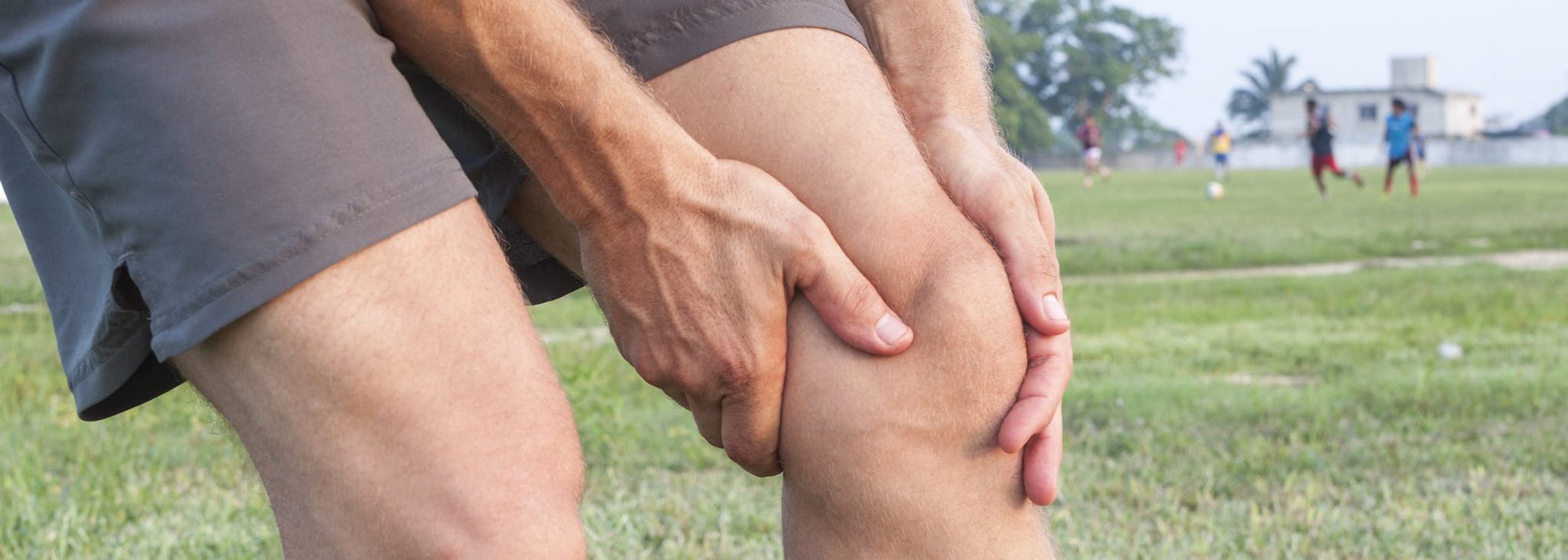
2025-06-10T13:54:10
Understanding Skin Grafts
- Dermatology
- Family Medicine
- Internal Medicine
- Orthopedics
April 27, 2016 | Orthopedics • Sports Fitness and Physical Therapy
Specialties:Orthopedics • Sports Fitness and Physical Therapy

With roughly 30 million kids and young adults participating in sports in the U.S., according to Johns Hopkins Medicine, injuries are fairly common. In fact, injuries from sports account for close to one-third of injuries among children. If you have kids that play sports in high school or college, it’s helpful to know what the most common injuries are, so you can take steps to prevent them from happening.
Football
Football has the highest number of injuries among school athletes. In a 2012 report, the U.S. Consumer Product Safety Commission (CPSC) estimated that roughly 466,492 people received emergency medical care due to injuries associated with this contact sport. The most common types of football injuries include sprained ankles, anterior cruciate ligament (ACL) tears and cartilage tears, especially in the knee joint.
Soccer
According to CPSC, around 231,447 athletes required emergency medical care in 2012 for injuries associated with soccer. This sport’s growing popularity with younger athletes in high school is believed to be part of the reason for a rise in the number of injuries. A few of the most common injuries among soccer players in high school and college include strains and sprains in the ankles or knees, shin splints and Achilles tendonitis.
Basketball
Basketball’s quick pace and constant movements raise the risk of injuries to the knees, ankles and feet. The CPSC estimates that roughly 501,000 people received emergency medical care for injuries related to this sport in 2009. The most common injuries in basketball include ankle sprains, torn knee ligaments and stress fractures in the feet and lower legs. To learn more about keeping your angles and feet in top shape, check out this article from Revere Health.
Wrestling
High school and college wrestling is a physically demanding activity that places a significant amount of strain on different parts of the body. Students who participate in this sport are at higher risk of torn knee ligaments, shoulder and elbow sprains, pre-patellar bursitis in the knee, ankle sprains and muscle strains in the lower back.
Baseball
Baseball does not involve as much contact as football and wrestling, but young athletes who participate in this sport can be injured from overusing certain joints, being hit by equipment or colliding with another player. The CPSC estimates that roughly 282,000 children under 19 years old needed medical care due to baseball injuries in 2010. The most common types in this sport include muscle strains and ligament sprains, as well as shoulder and elbow injuries.
Tennis
Tennis causes fewer injuries among high school and college athletes than football and basketball, but those who play are still at risk of several types of injuries. One of the most common injuries is tennis elbow, which occurs when you move your arm in a repetitive motion. Other common tennis injuries include muscle strain in the lower back, rotator cuff tendonitis, ankle sprains and tendonitis in the knee.
Volleyball
Volleyball also causes a lower number of injuries in young athletes, but it still sent more than 61,000 people to emergency rooms for treatment in 2012, according to CPSC. Shoulder injuries are among the most common types of injuries in this sport, since players use this part of the body for spiking or blocking the ball. Other common injuries include ankle sprains and tendon tears in the fingers.
If you or your kids have chronic pain from a sports injury, Revere Health Sports Medicine can help. Please contact us to learn more about the orthopedic services we offer or to schedule an appointment.
Dr. Slater is originally from American Fork, Utah and was a three-sport athlete in high school. He attended Brigham Young University on a football scholarship and played wide-receiver for the Cougars. He specializes in non-surgical treatment of orthopedic and sports related injuries and his other medical interests included management of concussion, stress fractures, and youth overuse injuries.

WRITTEN BY:
The Live Better Team

2025-06-10T13:54:10

2024-06-21T14:29:51

2024-02-06T11:40:13

2023-03-30T11:23:12
This information is not intended to replace the advice of a medical professional. You should always consult your doctor before making decisions about your health.